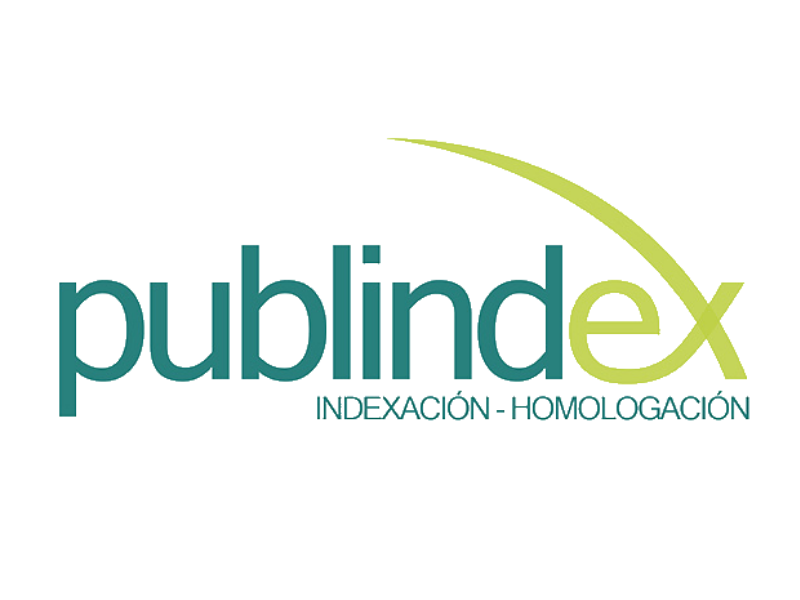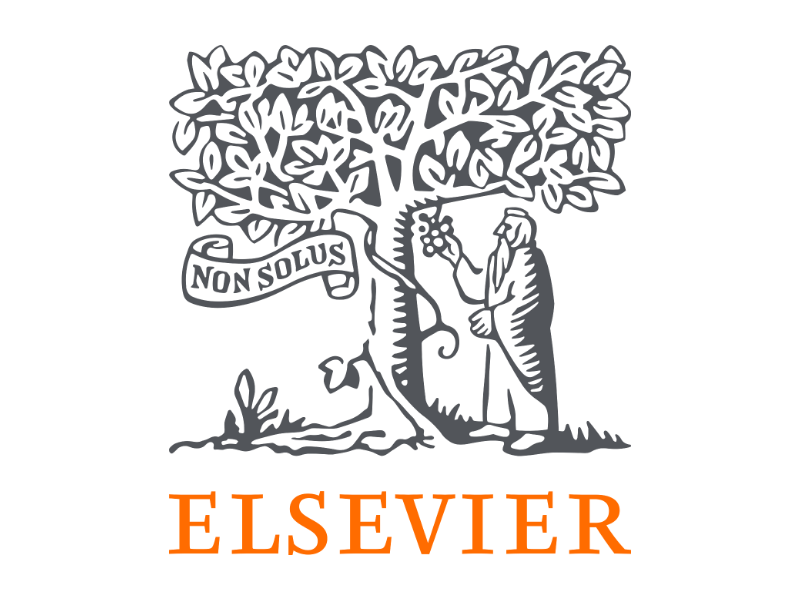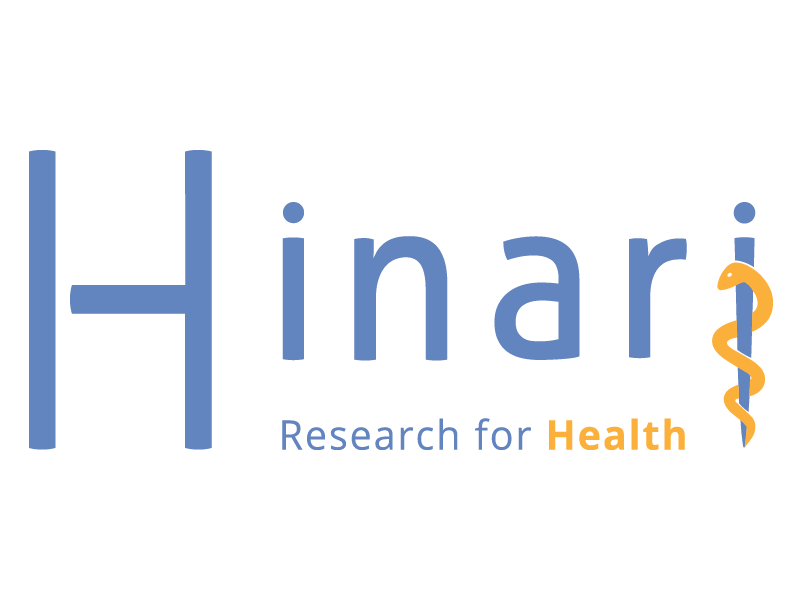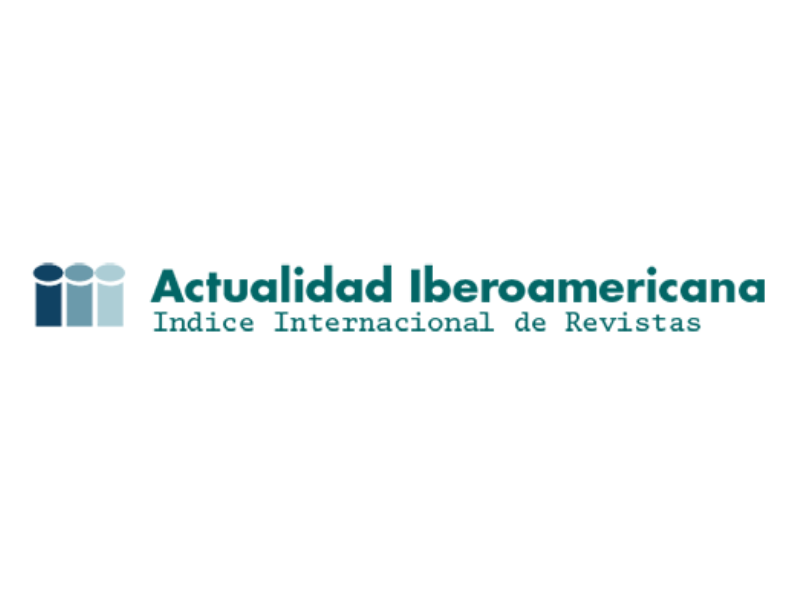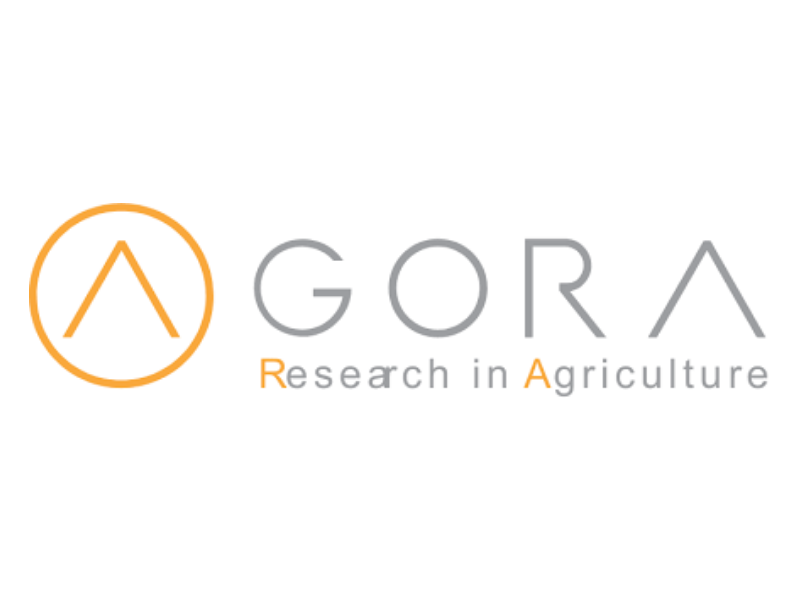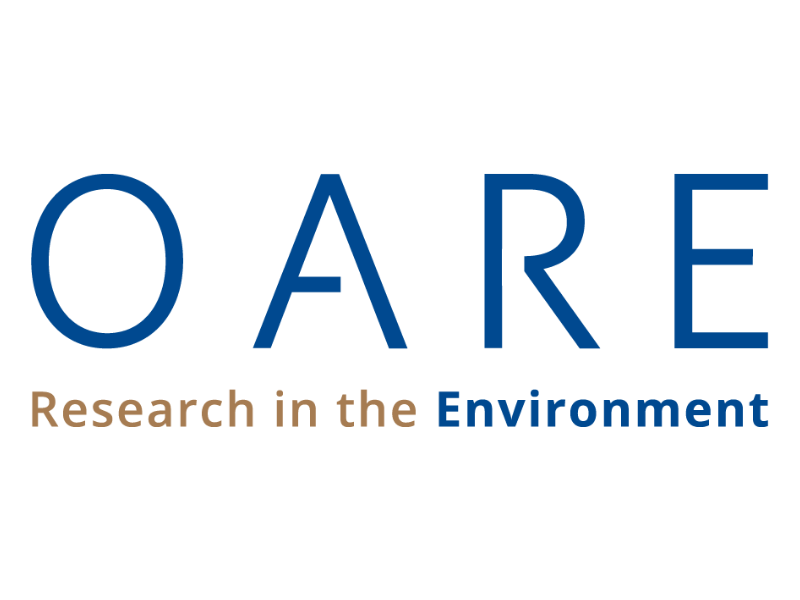Cambios climáticos y enfermedades infecciosas: nuevos retos epidemiológicos
Cambios climáticos y enfermedades infecciosas: nuevos retos epidemiológicos
Cómo citar
Sánchez, L., Mattar, S., & González, M. (2009). Cambios climáticos y enfermedades infecciosas: nuevos retos epidemiológicos. Revista MVZ Córdoba, 14(3). https://doi.org/10.21897/rmvz.348
Dimensions
Mostrar biografía de los autores
Visitas del artículo 2014 | Visitas PDF
Descargas
Los datos de descarga todavía no están disponibles.
- Martens W, Slooff R, Jackson E. El cambio climático, la salud humana y el desarrollo sostenible. Rev Panam Salud Publica/Pan Am J Public Health 1998; 4(2):100-5. http://dx.doi.org/10.1590/S1020-49891998000800005
- King M. Health is a sustainable state. Lancet 1990; 336(8716):664-7. http://dx.doi.org/10.1016/0140-6736(90)92156-C
- Pabón J, Nicholls R. Cambio climático y la salud humana. Biomédica 2005; 25(1):5-8. http://dx.doi.org/10.7705/biomedica.v25i1.1321
- Intergovernmental Panel on Climate Change, IPCC. Climate Change. Cambridge University Press. Vol 1; 2001
- Poveda G, Rojas N, Qui-onez M, Velez I, Mantilla R, Ruiz D, et al. Coupling between Annual and ENSO timescales in the malaria- climate Association in Colombia. Environ Health Perspect 2001; 109(5):489-9. http://dx.doi.org/10.2307/3454707 http://dx.doi.org/10.1289/ehp.01109489
- Poveda G, Mesa O. On the existence of Lloró ( The raini est locality on earth): enhancen ocean-land-atmosphere interaction by a low - level jet. Geophys Res Lett 2000; 27(11):1675-8. http://dx.doi.org/10.1029/1999GL006091
- Gagnon A, Smoyer-Tomic K, Bush A. The El Nino southern oscillation and malaria epidemics in South America. Int J Biometeorol 2002;46(2):81-9. http://dx.doi.org/10.1007/s00484-001-0119-6
- González J, Olano V, Vergara J , Arevalo-Herrera M, Carrasquilla G, Herrera S, et al. Unstable lowlevel transmission of malaria on the colombian pacific coast. Ann Trop Med Parasitol 1997; 91:349-58. http://dx.doi.org/10.1080/00034989760969
- Pabon JD. El Cambio climático global y su manifestación en Colombia. Cuadernos de Geografía 2003; 12: 111- 119
- OMS, OMM, PNUMA. Cambio Climático y salud humana: Riesgos y Respuestas. Ginebra, Suiza: Biblioteca de la Organización Mundial de la Salud; 2003.
- Pascual M, Rodó X, Ellner S, Colwell R, Bouma M. Cholera dynamics and El Ninosouthern oscillation. Science 2000; 289(5485):1766. http://dx.doi.org/10.1126/science.289.5485.1766
- Hales S, de Wet N, Maindonald J, Woodward A. Potential effect of population and climate changes on global distribution of dengue fever: an empirical model. The Lancet 2002; 360(9336):830-4. http://dx.doi.org/10.1016/S0140-6736(02)09964-6
- Patz J, Graczyk T, Geller N, Vittor A. Effects of environmental change on emerging parasitic diseases. Int J Parasitol 2000; 30(12-13):1395-405.
- Walther G, Post E, Convey P, Menzel A, Parmesan C, Beebee T, et al. Ecological responses to recent climate change. Nature 2002; 416(6879):389-95. http://dx.doi.org/10.1038/416389a
- Cerda L, Valdivia G, Valenzuela T, Venegas J. Cambio climático y enfermedades infecciosas: un nuevo escenario epidemiológico. Rev Chil Infectol 2008; 25(6):447-52. http://dx.doi.org/10.4067/S0716-10182008000600006
- OPS , OMS . Resistencia a los antimicrobianos y enfermedades emergentes y reemergentes. Subcomité de Planificación y Programación del Comité Ejecutivo, SPP32/9 1998. URL Disponible en: http://www.paho.org/ spanish/gov/ce/spp/spp32_9.pdf
- Glenn L, Sia S. Correlation of climatic factors and dengue incidence in Metro Manila, Philippines. AMBIO J Hum Behav Soc Environ 2008; 37(4):292-4. http://dx.doi.org/10.1579/0044-7447(2008)37[292:COCFAD]2.0.CO;2
- Anyamba A, Chretien J, Small J, Tucker C, Linthicum K. Developing global climate anomalies suggest potential disease risks for 2006 – 2007. Int J Health Geogr 2006;5(1):60. http://dx.doi.org/10.1186/1476-072X-5-60
- Gegúndez M, Lledó L. Infección por hantavirus y otros virus transmitidos por roedores. Enferm Infecc Microbiol Clin 2005; 23(08):492. http://dx.doi.org/10.1157/13078828
- Wenzel R. A new hantavirus infection in North America. N Engl J Med 1994; 330(14):1004. http://dx.doi.org/10.1056/NEJM199404073301410
- Valero N, Larreal Y. ¿ Hantavirus en el estado Zulia? Invest Clin 2006; 47(4):319.
- López-Vélez R, Molina Moreno R. Cambio climático en Espa-a y riesgo de enfermedades infecciosas y parasitarias transmitidas por artrópodos y roedores. Rev Esp Salud Pública 2005; 79(2):177-90. http://dx.doi.org/10.1590/S1135-57272005000200006
- Kovats R, Bouma M, Hajat S, Worrall E, Haines A. El Ni-o and health. The Lancet 2003;362(9394):1481-9. http://dx.doi.org/10.1016/S0140-6736(03)14695-8
- Franke C, Ziller M, Staubach C, Latif M. Impact of El Ni-o/Southern Oscillation on Visceral Leishmaniasis, Brazil. Emerg Infect Dis 2002;8(9):914-7. http://dx.doi.org/10.3201/eid0809.010523
- Cuadros J, Calvente M, Benito A, Arévalo J, Calero M, Segura J, et al. Plasmodium ovale malaria acquired in central Spain. Emerg Infect Dis 2002;8(12):1506-8. http://dx.doi.org/10.3201/eid0812.020105
- Puerta H, Cantillo C, Mills J, Hjelle B, Salazar-Bravo J, Mattar S. Hantavirus del nuevo mundo: Ecología y epidemiología de un virus emergente en latinoamérica. Medicina (Buenos Aires) 2006;66(4):343-56.
- Mantilla G, Oliveros H, Barnston A. The role of ENSO in understanding changes in Colombia's annual malaria burden by region, 1960–2006. Malar J 2009; 8(6):1-11. http://dx.doi.org/10.1186/1475-2875-8-6
- Rogers D, Randolph S. The global spread of malaria in a future, warmer world. Science 2000; 289(5485):1763.

